The People’s Republic of China has a formidable reputation in the field of facial recognition technology. This technology, which is increasingly used in surveillance operations to control China’s population, is widespread and intrusive.
Relying on this technology, the Chinese Communist Party (CCP) is developing its social credit system, which has become one of the pillars of the Chinese legal system, used to ensure regime stability and to evaluate the trustworthiness of individuals and organizations and their allegiance to the communist regime.
The social credit system is an emanation of the CCP’s data-driven governance, using facial recognition technology developed by the Communist Party with the help of major tech companies.
These companies and other organizations have been assiduously implementing their own version of the facial recognition technology, ostensibly in accordance with the Party’s instructions and guidance, but also to benefit their operations by collecting data about individual customers.
This practice of data collection was, however, curtailed recently when Guo Bing, a law professor in Hangzhou, wanted to purchase an annual pass to the local zoo.
The zoo required him to submit to a high-resolution facial scan.
Bing, outraged at this breach of his privacy rights, initiated legal action in the Chinese courts, arguing it was unnecessary to collect his biometric data—and he won.
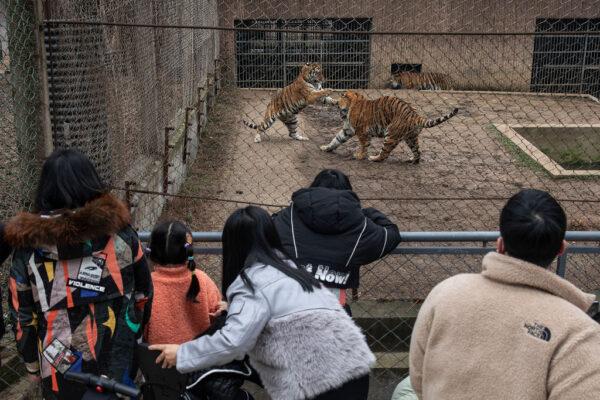
It is premature to interpret Guo Bing’s win as a victory for those who despise the practice of surveillance using facial recognition technology.
Instead, the Supreme People’s Court’s decision, which had been cleared with the political powers in China, indicates that the regime became concerned about the fragmented use of the technology by companies.
Instead, it wanted only the state to impose a uniform surveillance system and design a unified data collection strategy.
In effect, the court’s decision enables the state to centralize the use of facial recognition technology rather than having it applied by companies in an ad hoc and inconsistent manner.
The validity of this interpretation of the decision in Guo Bing’s case may be gleaned from a report posted on the website of the Institute of International and Strategic Studies of Peking University in January.
This report, which deals with the U.S.-China Strategic Competition in Technology, purports to analyze the current state of technological competition between the two nations and details China’s technological prospects.
But in early February, the original Chinese-language copy of the report was removed and is no longer available on the Peking University website. The removal is unfortunate because interested researchers are unable to ascertain what the original report had to say about the development of the facial recognition technology if anything at all.
The report—an English translation has been located on the internet—indicates that, since the end of 2017, “trade frictions and technological competition have gradually become the focus of the relationship between the two countries.”
The authors of the report note that while the CCP aims at becoming “an innovative power,” its technological efforts are frustrated by the United States’ complaints about forced technology transfer of its companies and alleged theft of intellectual property rights.
The report admits that China “still lags far behind the United States in terms of the number and originality of highly cited papers.”
It bemoans the fact that financial investment in basic research is lower than that of the U.S.
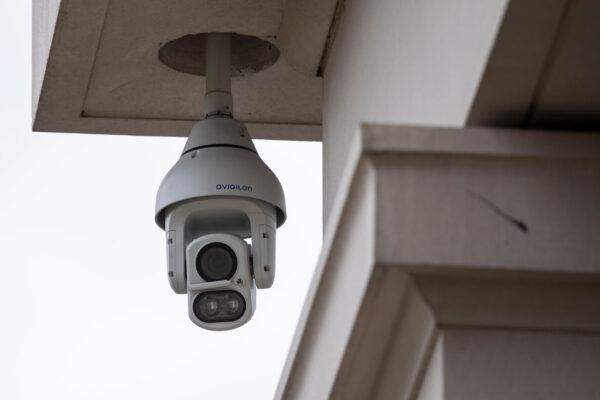
It is also noted that the U.S. retains talented researchers and that its higher education institutions are still the preferred study destination for international students.
The patent structure in China is described in the report as “relatively simple and low in quality” and it identifies a significant gap in the conversion rate of patents to industrial use.
But the report also indicates that China is already a world leader in patent applications—it represents roughly 40 percent of the total number of annual patent applications.
The report concludes that, although China “has made revolutionary breakthroughs in some key indicators, and the overall gap between China and the United States has been narrowing, ... the United States still maintain overall and key advantages.”
Surprisingly, even though China is the undisputed world leader in facial recognition technology, the report does not mention its superiority in this field.
As a country’s technological power depends on its ability to innovate, this omission is interesting and troubling. This is because the CCP aims to become an innovation leader in all fields, capable of winning the innovation race.
To this purpose, Beijing supports research in data collection, fifth-generation telecommunications, quantum computing, and nanotechnology, among others. Specifically, it is making big inroads with regards to the utilization of apps and technologies to solve societal problems by surveillance.
In this context, China’s detractors refer to its “Digital Leninism” policies which involve increased levels of societal surveillance, which, in turn, are likely to further cement authoritarian rule by the Communist Party.
It would be disastrous if Australia were to use China’s advanced facial recognition technology to control society. Such use would result in the demise of political openness, already severely tested by the COVID-19 pandemic emergency measures, restrictions, and vaccine mandates.
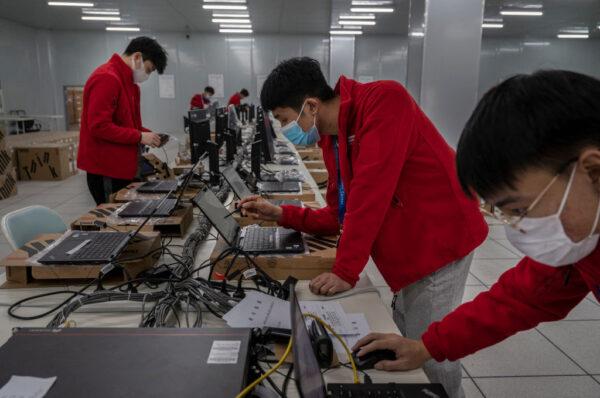
It would frustrate efforts to entrench the “rule of law” because the application of the technology often results in social stratification and discrimination, involving the classification of people on the ground of their allegiance to the state’s legal system.
In Australia, the Office of the Australian Information Commissioner recently chastised Clearview AI, an American corporation, for selling facial recognition technology to Australian police forces. These forces are now under investigation for using sensitive biometric operations involving breaches of Australia’s privacy legislation.
Facial recognition technology is dangerous because it could be used, as in China, for the purpose of distributing burdens and benefits to citizens. It is a means to divide a nation and to keep the population in eternal servitude.
If he is right, facial recognition technology has a bright future in Australia but, alas, at the expense of privacy and personal freedom.
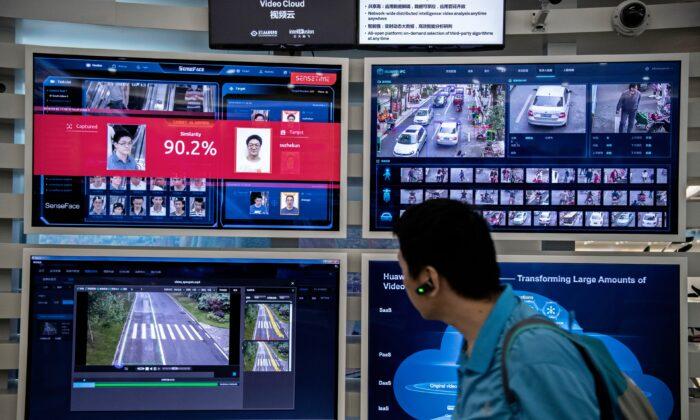




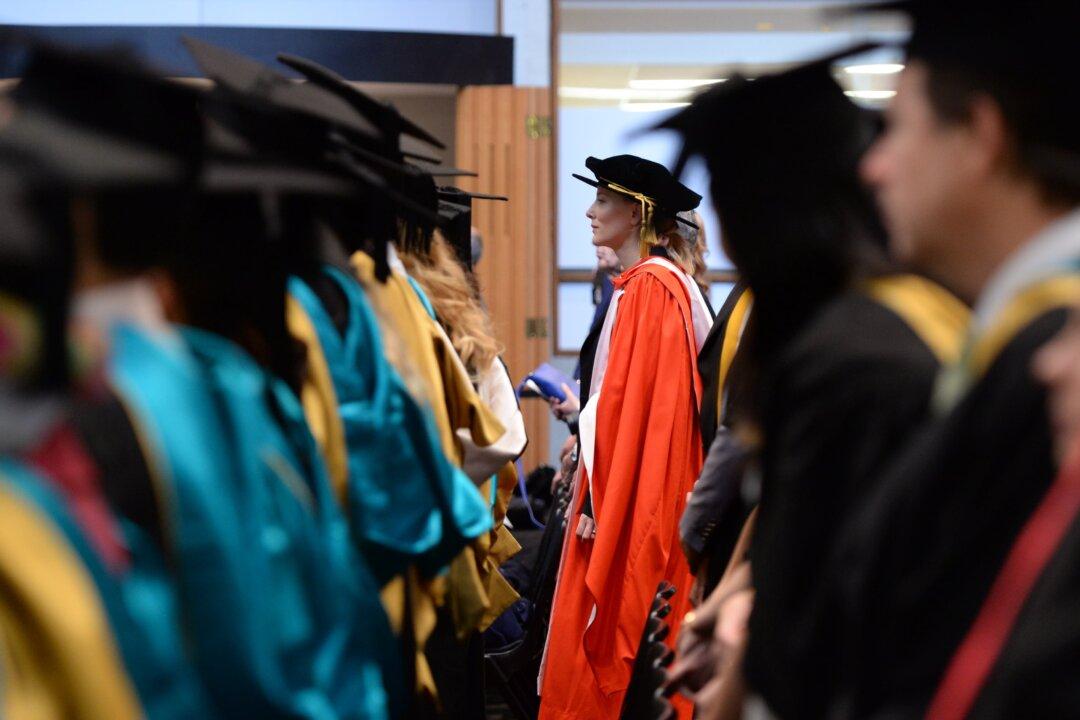
Friends Read Free